Agadadash Mahmud Oglu Aliyev – CONGRATULATION!
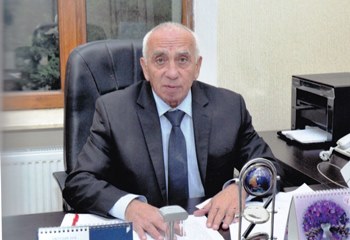



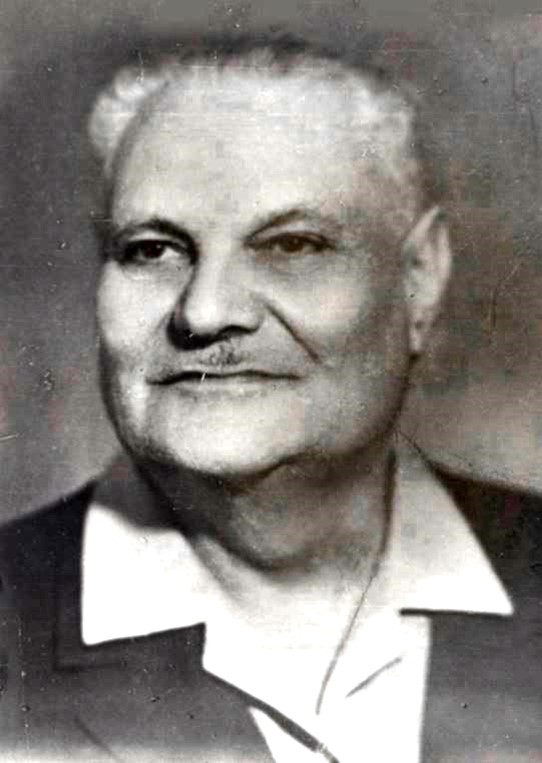
Gabibulla Bakhshali Shakhtakhtinski is a prominent scientist in the field of inorganic and analytical chemistry, chemistry and technology of inorganic materials and processing of mineral raw materials, brilliant teacher and educator of generations of Azerbaijanian chemists and technologists. An active member of the Azerbaijan Academy of Sciences, Honoured Scientist of Republic, doctor of chemistry, professor G.B.Shakhtakhtinski was called “agsakkal” (elder) of Azerbaijanian chemists.


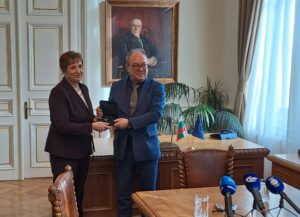
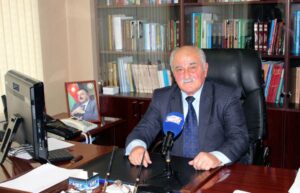
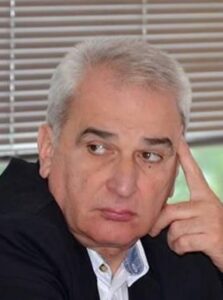

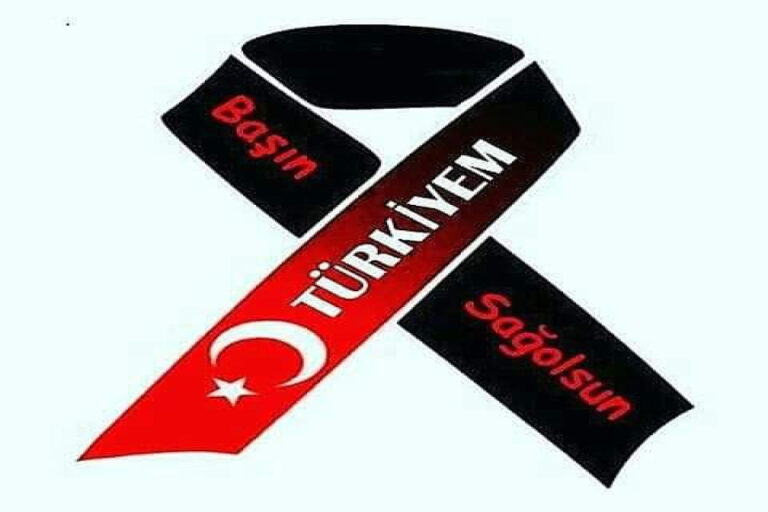
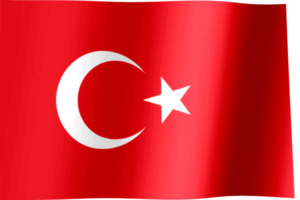

26 по 29 июня 2023 года в республике Кабардино-Балкария, в пос. Эльбрус пройдет
Второй Всероссийский семинар
«Электрохимия в распределенной и атомной энергетике»
Ключевые даты:
1 февраля 2023 г – начало подачи заявок и тезисов докладов
30 апреля 2023 г – завершение подачи заявок и тезисов докладов
10 мая 2023 – уведомление о принятии тезисов доклада
20 мая 2023 – оплата организационного взноса
26 июня 2023 г – начало работы семинара
29 июня 2023 г – завершение работы семинара
Дополнительную информацию можно получить

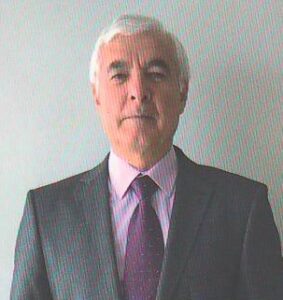
İnsan cəmiyyətinin mövcud ola bilməsi üçün onun həyat və fəaliyyətini təmin edən enerji istehlakının olmasıdır. Günəş regenerativ enerji mənbəyi olaraq, Yer kürəsinə böyük miqdarda enerji verir. Yeni, təmiz alternativ enerji mənbələri axtarmaqla yanaşı, təbiətdə daim mövcud olan günəş enerjisindən səmərəli istifadə yollarının araşdırılması aktualdır. Günəşlə zəngin olan ölkəmizdə bu enerjidən hələ kifayət qədər istifadə olunmur. Bu istiqamətdə görüləcək işlər çoxdur. Bu baxımdan kimya elmləri doktoru Sadiq Quliyev tərəfindən yazılmış “Termal qünəş enerji sistemləri” adlı kitab xüsusi əhəmiyyət daşıyır. Kitab günəş enerjisindən istifadə etmək üçün yaradılan termal sistemlər, günəş kollektorları, onların növləri və istifadə olunan sahələri əhatə edir. Kitabda günəş kollektorları haqqında məlumat verilməklə yanaşı, onların effektivliyinə təsir edən faktorlar, günəş kollektorlarından istifadə edilməsi üçün qurulan sistemlər və bu sistemlərin sabit işləməsi üçün lazım olan texniki məlumat da yer almışdır.
Müəllif kitabın girişində qeyd edir ki, bu kitab vasitəsi ilə ölkəmizdə termal günəş sistemlərini praktikada geniş tətbiq etmək istəyi olmuşdur və bu sahəyə maraqın artması üçün kitabda yetərlı elmi və texniki məlumatlar yer almışdır.
Kitabın müəllifi, prof. Sadiq Quliyev 2005-ci ildən Türkiyənin Vestel müdafiə sənayesində Hidrojen Texnolojiləri və Yanacaq Elementləri bölməsində Tədqiqatçı Prof. Dr olaraq çalışır. Vestel müdafiə sənayesinin iştirakıyla aparılmış çox saylı Beynəlzalq və Tubitak layihələrində iştirak edir. 120-dən çox elmi məqalə, 20-dən çox Azərbaycan, Türkiyə və Avropa patentlərinin müəllifidir. Hal-hazırda Ankarada yaşayır və işləyir.
Müəllif kitabı Türkiyədə öz vəsaitilə çap edib. Məqsədi mütəxəsis, müəllim, tələbələr və ümumiyyətlə bu sahə ilə maraqlananlar üçün azərbaycan dilində termal qünəş enerji sistemləri haqqında topladığı zəngin ədəbiyyat və eksperimental materialı təqdim etmək olmuşdur. Bu da bir azərbaycanlı alimin hansı ölkədə işləıməyindən asılı olmayaraq daim vətənə bağlı olmasının, onun rifahı, elmi tərəqqisi üçün çalışmasının gözəl nümunəsidir.
In order for human society to exist, it must have energy consumption that ensures its life and activity. The sun, as a source of regenerative energy, provides a large amount of energy to the Earth. In addition to searching for new, clean alternative energy sources, it is important to investigate ways of efficient use of solar energy, which is always present in nature. This energy is not used enough in our country, which is rich in the sun. There is a lot of work to be done in this direction. From this point of view, the book “Thermal solar energy systems” written by Doctor of Chemical Sciences Sadiq Guliyev is of special importance. The book covers thermal systems created to use solar energy, solar collectors, their types and areas of use. In addition to providing information about solar collectors, the book includes factors affecting their efficiency, systems built for using solar collectors, and technical information necessary for the stable operation of these systems.
The author notes in the introduction of the book that through this book there was a desire to widely apply thermal solar systems in practice in our country, and the book contains enough scientific and technical information to increase interest in this field.
Prof. In 1977-94, Sadiq Guliyev worked at the Institute of Inorganic and Physical Chemistry (now Catalysis and Inorganic Chemistry) of ANAS. In 1994-95, he was invited to Istanbul Technical University. He conducted research in the Chemistry Department. 1998-2005 led the production of solar absorbers by electrochemical method in the aluminum industry in Turkey.
The author of the book, prof. Since 2005, Sadiq Guliyev has been a Researcher Prof. He works as Dr. Vestel participates in numerous International and Tubitak projects conducted with the participation of the defense industry. He is the author of more than 120 scientific articles, more than 20 Azerbaijani, Turkish and European patents. He currently lives and works in Ankara.
The author published the book in Turkey with his own funds. Its purpose was to present the rich literature and experimental material collected on thermal solar energy systems in the Azerbaijani language for specialists, teachers, students and those interested in this field in general. This is a great example of how an Azerbaijani scientist, regardless of which country he works in, is always connected to the motherland and works for its welfare and scientific progress.